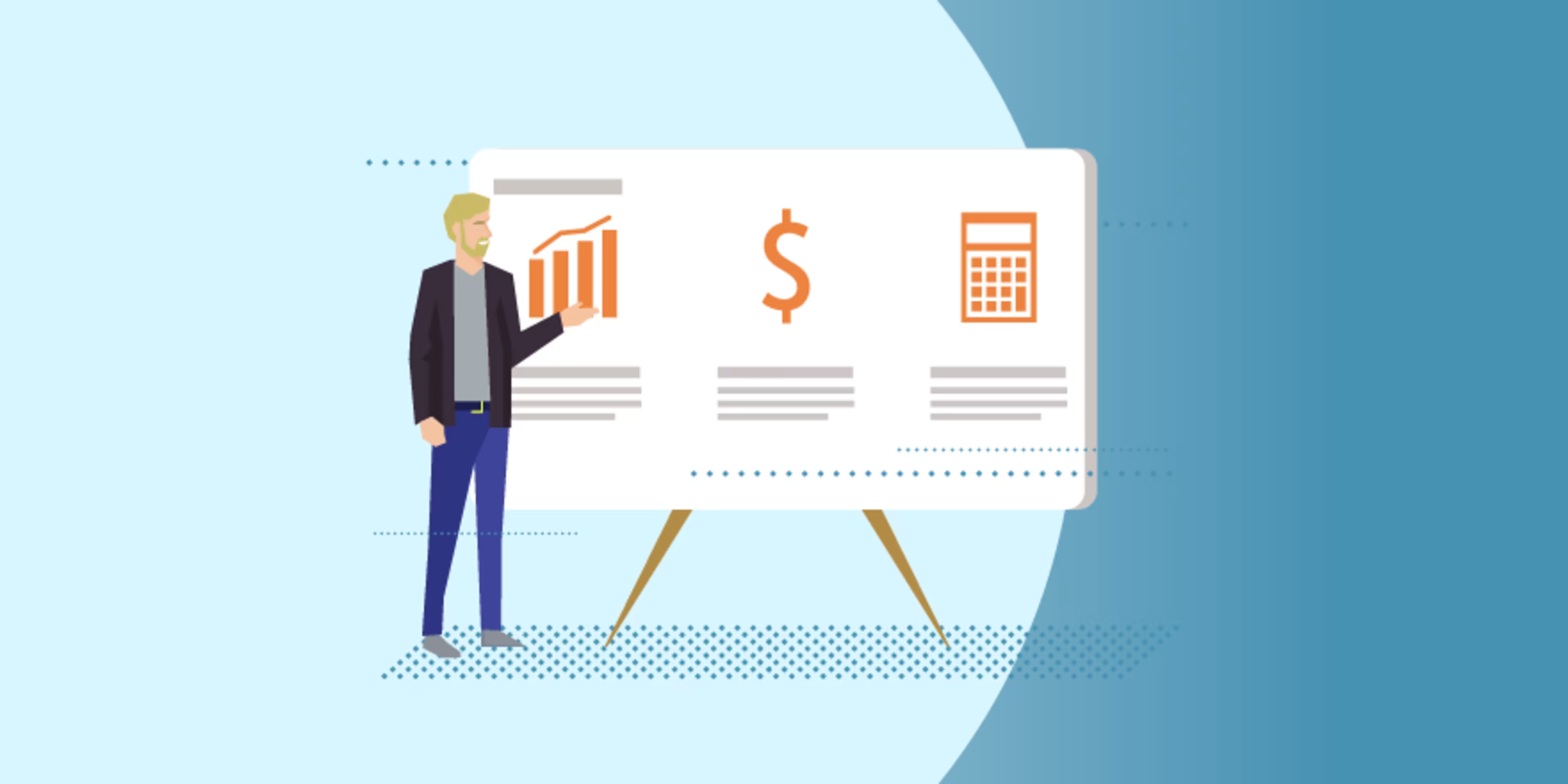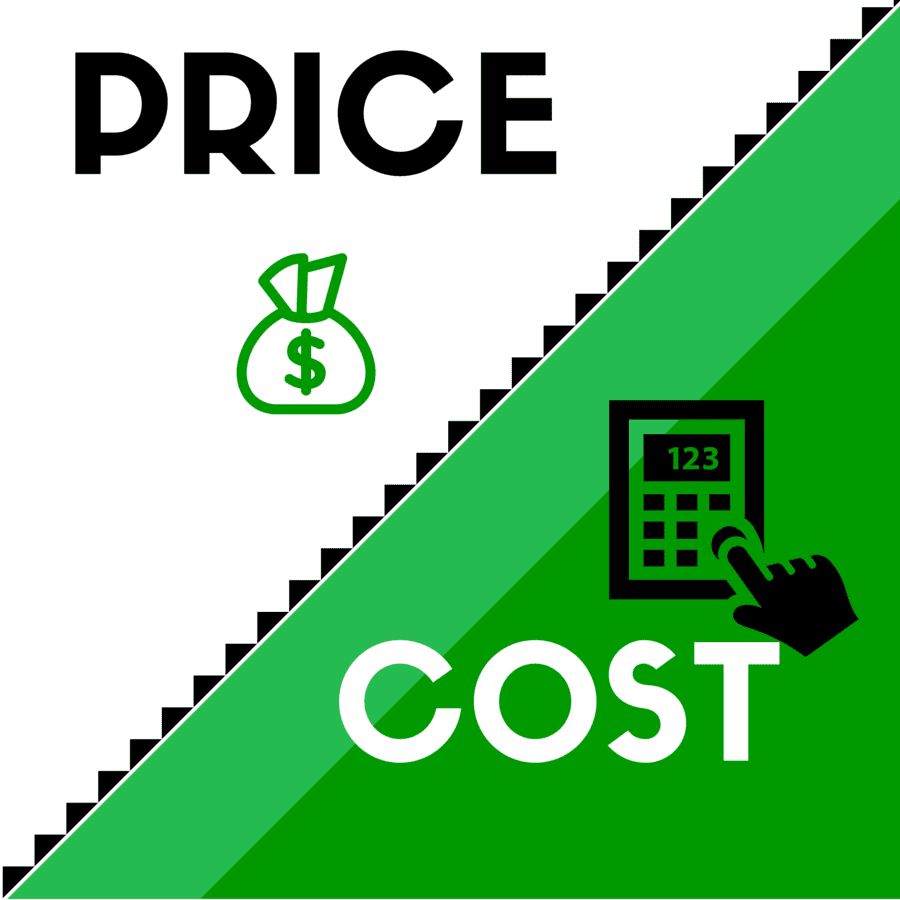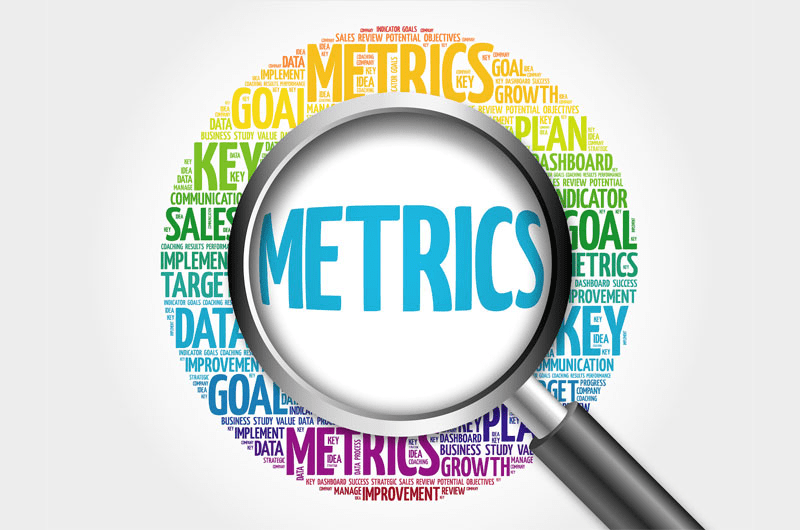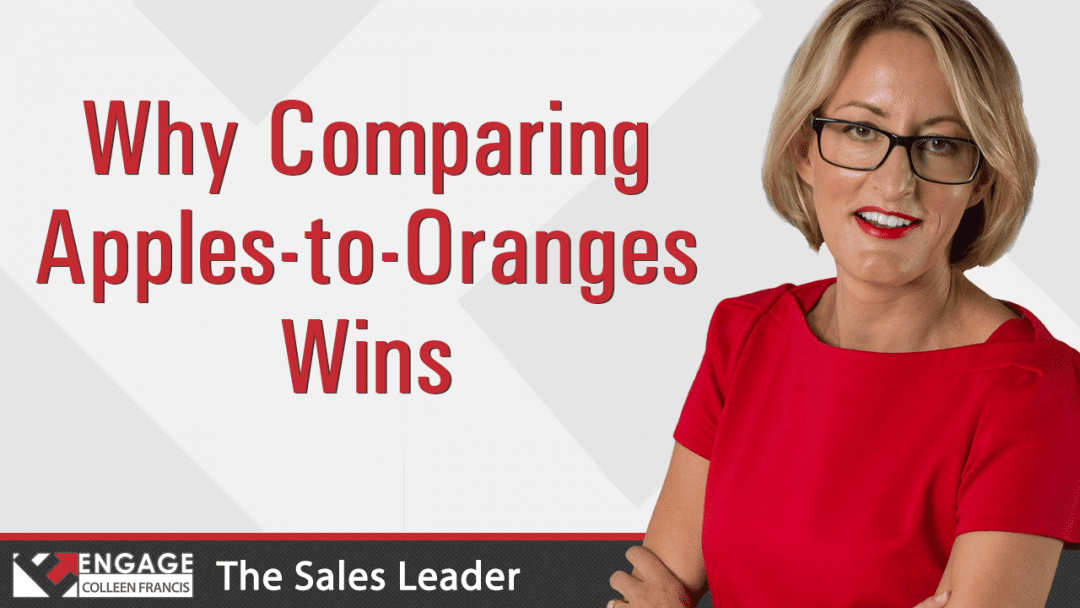What does it mean when someone says that something is too expensive?
According to bestselling author Seth Godin, people (often) find a way to pay for the things they value: "'It's too expensive,' almost never means, 'there isn't enough money if I think it's worth it.'"
Price is just one hurdle of many that salespeople have to overcome in order to win the sale, but it's a common one. And it can be especially tricky for sales reps at smaller companies.
While your enterprise peers might be able to boost sales with coupons, freebies, and discounts, your smaller company likely lacks that flexibility.
Poor-performing salespeople might blame their lack of sales success on high prices or a rigid price structure. But star performers know the buck stops with them.

The trouble for salespeople isn't that your price is too high, it's that it's too high relative to your value. Salespeople are responsible for demonstrating value.
So, how do you do that? How do you demonstrate value and prove to prospective customers that your product is more than worth the sticker price?
Let's take a look at how to get the sale using four methods (and some technology) to help successful salespeople overcome the “it's too expensive" objection.
Four ways successful salespeople tackle customers who say 'it's too expensive!'
1. They determine whether it's a complaint or an objection

Grant Cordone giving a presentation on great salespeople (via source)
Velo IT Group sales rep Tyler Hall is used to prospects remarking on the price of his managed IT services. Hall knows that “We aren't the cheapest guys on the block," so his first course of action is always ascertaining whether the prospect is objecting to the price or simply complaining about it.
Complaints are not objections, and as a salesperson it is my job to provide enough value behind our services to justify their spending.
So, how do you tell the difference? One way is by simply acknowledging that your prices are high, and then continuing on with your sales pitch.
If the prospect doesn't stop you, they were likely just complaining. But if the client seems hung up on the price, you haven't done a good enough job demonstrating the product's value.
2. They determine whether it's the price or the cost

Price vs cost (via source)
Ghost writer Dick Kuiper has sold products and services in multiple industries for several decades. When he gets a complaint about pricing, he starts by empathizing, saying: "OK, I certainly understand how important it is to be concerned with the profit and loss numbers."
Then he asks: “Tell me, what's too expensive? Is it the price or the cost?" Kuiper isn't looking for a specific response; he wants prospects to think about the difference between price and cost.
Regardless of how the prospect answers, Kuiper follows up with something like: “If you look at this purchase from a profit and loss perspective, the price is kind of irrelevant compared to the actual true cost."
The point? Price is what you pay for the product. Cost is the overall ROI of having it and using it. “The cost is what you see on the bottom line," Kuiper tells prospects. He also tells them that he prices in such a way as to make purchasing a financial gain overall for the buyer. He tells prospects straight up: If a product costs you money on net, you shouldn't buy it."
I'm in business to have happy customers, and if I sell you something that's going to lose you money, you're not going to be happy with me. So, instead of concentrating on the price tag, how about let's look at the net financial result … keeping in mind that you might have to consider the financial value of an intangible factor such as time savings or improved quality of life.
3. They talk metrics

Metrics word cloud (via source)
It's often not enough to simply tell prospects that your product is worth its price tag. Brian Sheridan of Fluid UI tells prospects exactly what ROI they should expect, noting that not using his product (which helps companies prototype and test products before going to market) means they'll have to spend more time in the development phase.
Ultimately, Sheridan says that they'll spend up to 20 times the cost of Fluid UI. “This always gets them thinking about the real value and cost of our product."
Anne-Fleur of Jack'n'Ferdi does something similar. Her last job was selling an AR product that was meant to save businesses time.
My strategy was to focus on the metrics: the time saved by the product I was selling and its financial impact—step by step—on the business itself. If that did not work then the customer's pain was poorly identified.
Future Solutions Media CEO and Founder Curtis Boyd uses data and studies to show potential clients why they can't afford to not use his company for online reputation management.
Boyd shows potential clients what their star ratings are and shows them their online reputation using Google Keyword Planner. “Using relevant data to their business, I show them the average amount of revenue they are missing out on," Boyd says.
Specific numbers are useful, and they're even more credible if you have case studies to back them up.
4. They differentiate

Why comparing apples to oranges wins (via source)
In his 30 years of sales experience, David Littman (a sales rep for Truth in IT) has learned that if someone is focusing on price, they're thinking about the product or service as a commodity. “I mean, if apples are apples, why would one pay more for identical apples?" Littman asked.
But your product isn't identical to others. You know that, and it's up to you to make that clear to prospective customers.
Chances are you're not selling a commodity. This means your challenge is differentiation. Littman says, “How that differentiation is explained/conveyed/illustrated/demonstrated throughout the process will help a buyer find higher value in a higher priced product."
Craig Wolfe, president of CelebriDucks, has faced the commodity challenge as well. “Most people think of rubber ducks as cheap little things costing a few dollars." That's a challenge for the sellers of the (self-proclaimed) world's most expensive rubber ducks.
Wolfe said that the key is product positioning. If you get that right, “price will not be such a barrier. In fact, that's how we bulletproofed our niche as we knew someone could always make something cheaper ... overseas, but no one would spend the money to go upscale."
CelebriDucks positioned themselves as the luxury rubber duck people by making "celebrity rubber ducks" that are presented in high-end gift boxes. “We even came out with a made-in-the-USA, 100% PVC-free line of ducks made out of food- and medical-grade materials that were considered the safest rubber ducks in the world for babies to teethe on," Wolfe said.
Obviously, as a sales rep, you have only so much influence on the quality of your company's products. But the sales positioning is up to you. Point out the ways your product beats lower-priced alternatives. Wolfe notes:
Bottom line, people will accept a higher price if you can really show them the added benefits. If there is nothing else like it on the market and the benefits are so clearly laid out, then you can overcome that issue without a problem. In fact, it even gives your brand a bit of a "prestige" halo effect.
Ultimately, it's about value
Which tactic works best to help you overcome the “it's too expensive" objection usually depends on both the prospect and the product. Use these four tips the next time you encounter this protest, and focus on your product's value.
As author Seth Godin points out: “The challenge isn't in pleasing everyone, it's in finding the few who see the value (and thus the bargain) in what's on offer."
In general, your prospects will respond better to personalized pitches than general ones. If they comment on a product or service's expense, it can help to know the price range they're likely able to afford.
CRM software can help you keep track of customer data like estimated income or department budget.
To see and compare a few software options side-by-side, check out Capterra's CRM software directory and our handy guide "How to Compare CRM Software: The Epic Guide for Small Businesses."